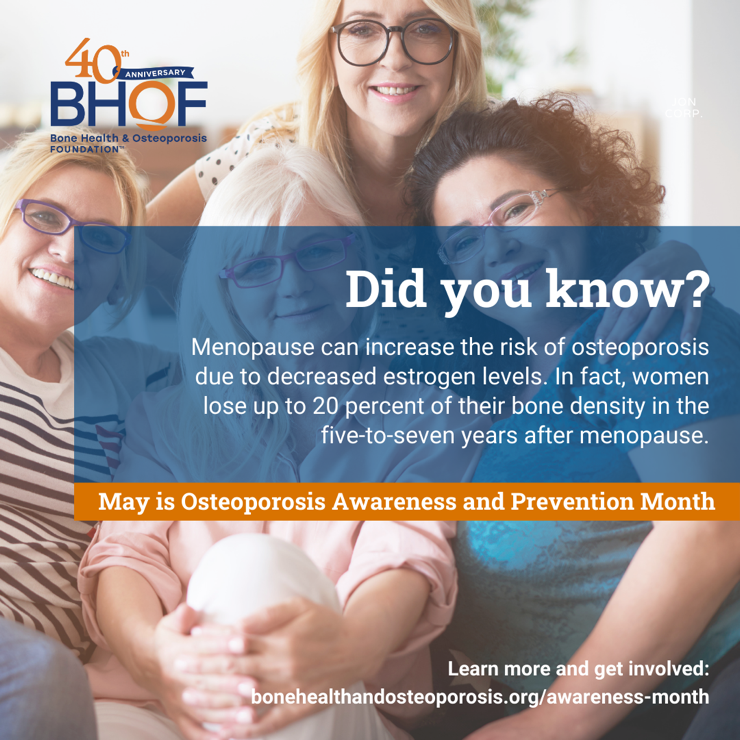“People used to think that osteoporosis was an
inevitable part of aging. Today we know a lot more about
how to prevent, detect, and treat the disease”.1
Umbrella
What may the Osteoporosis Umbrella include?
Depending on the Source (DotS) this Umbrella may include:
- Low Bone Density/Mass
- Osteoporosis
- Porous Bones
Osteopenia
What is osteopenia?
DotS the definition of osteopenia may vary. In Osteopenia the authors’ definition is:
Osteoporosis
What is osteoporosis?
DotS the definition of osteoporosis may vary. The International Osteoporosis Foundation’s (IOF) definition is:
Women
Why are women more likely to get osteoporosis than men?
In What Women Need To Know the (United States) Bone Health & Osteoporosis Foundation (BHOF) note:
- Women tend to have smaller, thinner bones than men
- Estrogen, a hormone in women that protects bones, decreases sharply when women reach menopause, which can cause bone loss. This is why the chance of developing osteoporosis increases as women reach menopause”.4
Menopause
Is there an association between menopause and bone loss?
In What Women Need To Know: Menopause: A Time for Action the BHOF elaborate on:
Two major factors that affect your chance of getting osteoporosis are:
- The amount of bone you have when you reach menopause. The greater your bone density is to begin with, the lower your chance of developing osteoporosis. If you had low peak bone mass or other risk factors that caused you to lose bone, your chance of getting osteoporosis is greater.
- How fast you lose bone after you reach menopause. For some women, bone loss happens faster than for others. In fact, a woman can lose up to 20% of her bone density during the five – seven years following menopause. If you lose bone quickly, you have a greater chance of developing osteoporosis”.5
Common or Not
How common is osteoporosis?
In the United States, according to the BHOF:
“About 54 million Americans have osteoporosis and low bone mass, placing them at increased risk for osteoporosis. Studies suggest that approximately one in two women and up to one in four men age 50 and older will break a bone due to osteoporosis”.6
In the United Kingdom (UK), according to the Royal Osteoporosis Society:
“Over three and a half million people in the UK are living with osteoporosis”.7
Women
How many women have osteoporosis?
In the United States, the BHOF explain:
Silent Disease
Why is osteoporosis called the ‘silent disease’?
In What Is Osteoporosis? About Osteoporosis the IOF explain:
“Osteoporosis is often called the ‘silent disease’ because most people don’t know they have osteoporosis until they suffer a broken bone from a minor fall or bump – something that would not normally have caused such a drastic injury. In fact, even after breaking a bone, around 80% of patients are still not diagnosed and treated for osteoporosis, the underlying disease which has caused the fracture”.9
In What Is Osteoporosis and What Causes It? Osteoporosis Can Sneak Up on You the BHOF also note:
“Osteoporosis is often called a silent disease because one can’t feel bones weakening. Breaking a bone is often the first sign of osteoporosis or a patient may notice that he or she is getting shorter or their upper back is curving forward. If you are experiencing height loss or your spine is curving, be sure to consult your doctor or healthcare professional immediately”.10
Risk Factors
How may we become aware of any potential risk factors?
In About Osteoporosis: Have Risk Factors? Talk To Your Doctor, Ask for Testing the IOF note:
Diagnosis
How is osteoporosis diagnosed?
In Diagnosis the IOF explain:
As part of your bone health ‘check-up’ your doctor should take a complete medical history that includes information on any recent fractures. As well your doctor will likely estimate your future risk by using a fracture risk assessment tool such as FRAX®.
Depending on the results of your fracture risk assessment, a Bone Mineral Density (BMD) test may be recommended. In some countries (e.g. U.S.A.), BMD testing is recommended for all women and men at age 65, regardless of whether they have risk factors”.12
Health Care Provider
What if I think I may be at risk for osteoporosis?
If you think you may be at risk for osteoporosis, it may be in your best interest to choose to talk to your health care provider about this.
In About Osteoporosis: Have Risk Factors? Talk To Your Doctor, Ask for Testing the IOF note:
Health Topics A-Z
Where may I find Health Topics A-Z related to Osteoporosis?
In Health Topics A-Z you may find:
Links
Where may I find Links related to Osteoporosis?
Your Country may have Links similar to:
Links
This Links List to third party websites is neither comprehensive nor exhaustive. Inclusion on this Links List does not imply endorsement or recommendation. Non-inclusion on this Links List does not imply non-endorsement or non-recommendation. Third party websites are not under the control of Meno Martha International Menopause Directory. Third party websites may contain explicit medical images and/or sexual references. Please read Meno Martha International Menopause Directory’s Links Policy before proceeding to a Link. Please contact Webmaster if you experience a problem with a Link.New or Updated
- Osteoarthritis, Osteoporosis and Osteopenia: What’s the Difference? [29 April 2024]
- “Stronger Than Sarcopenia” Live Event: Understanding High Blood Pressure and Sarcopenia Among Older Americans [29 May 2024]
- Video Series-2024: Preparing for Your Menopause Health Care Visit [13 January 2024]
- Videos & Podcasts: Videos – Interviews: Preventing Bone Loss At Menopause [March 2024]
- Webinars: Previous – Approach To Bone Health In the Perimenopause and Postmenopause?
- A Guide To Calcium-Rich Foods
- About Osteoporosis
- Askearlymenopause.org [Ask EM] [+ Video: What Is Early Menopause?]
- BMS TV: Osteoporosis
- Bone Density Scan (DEXA Scan)
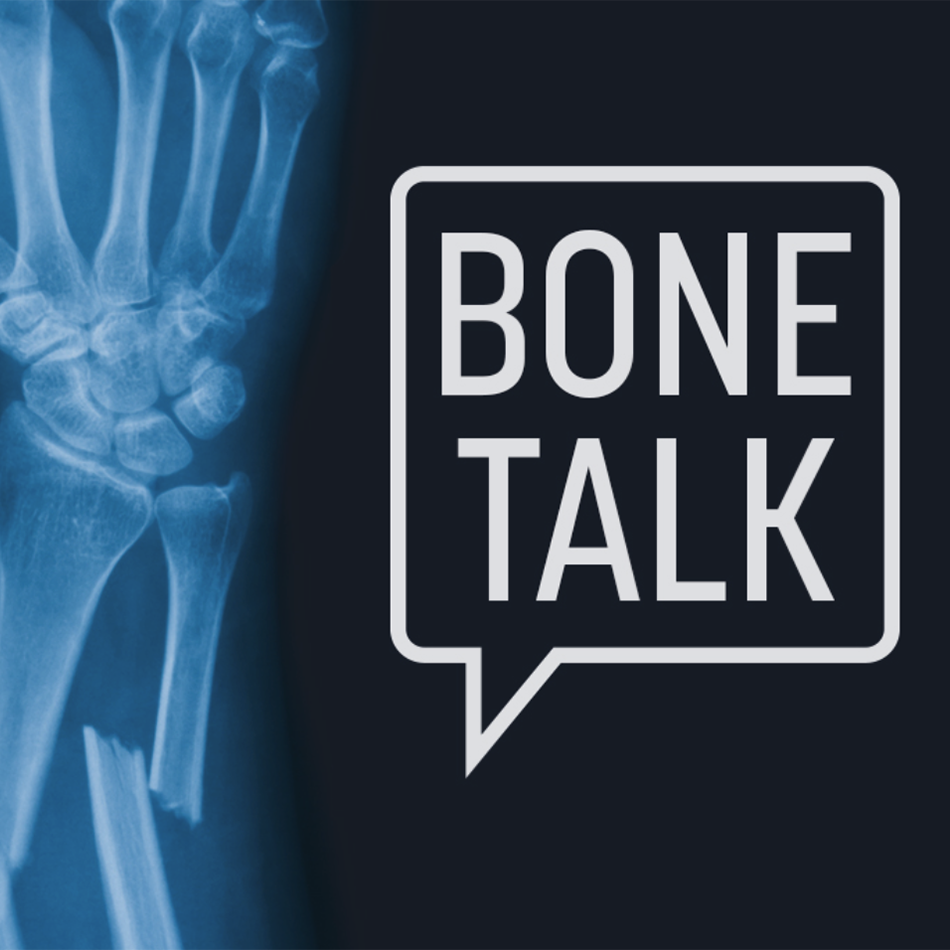 Bone Density Test
Bone Density Test- Bone Health
- Bone Health
- Bone Health and Osteoporosis
- Bonehealth.org.au [Bone Health Foundation, Australia]
- Bonehealthandosteoporosis.org [Bone Health and Osteoporosis Foundation, United States]
- Bones and Beyond: The Benefits of Self-Care for Both Body and Mind
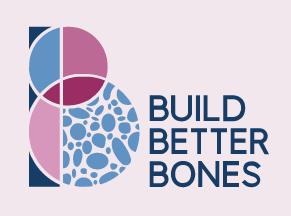 Bones, Joints and Muscles [Topics]
Bones, Joints and Muscles [Topics]- Bonetalk.org [Bone Talk, United States]
- Build Better Bones.org [International Osteoporosis Foundation]
- Calcium Content of Common Foods
- CAMS Menopause Hour: The Clinical Management and Risk of Postmenopausal Osteoporosis [Council of Affiliated Menopause Societies]
- Calcium and Postmenopausal Osteoporosis
- Calcium and Vitamin D
- Communication With Your Doctor and Healthcare Team
- D-pleted – The Vitamin Many of Us Are Low On
- Does Osteoporosis Run In Your Family?
- Evaluation of Bone Health/Bone Density Testing
- Exercise To Stay Healthy
- Exercise for Bones
- Exercise for Your Bone Health
- Exercising With Osteoporosis: Stay Active the Safe Way
- Evaluation of Bone Health/Bone Density Testing
- Fact Sheets
- Food for Healthy Bones
- Frequently Asked Questions
- General Facts – Bone Health Basics: Get the Facts [+ Video: Osteoporosis Is A Silent Killer]
- Get A Bone Density Test
- Get the Facts on Calcium and Vitamin D
- HRT & Menopause Extra
- Health After Menopause: Bone Health & Osteoporosis
- Healthybonesaustralia.org.au [Healthy Bones Australia]
- Hormone Replacement Therapy (HRT) With Dr Nicky Peel & Prof. David Armstrong
- How To Prevent Osteoporosis After Menopause
- ‘If You Don’t Exercise, You Break’: Physical Activity Key In Osteoporosis Intervention
- Knowyourbones.org.au: “Check Your Bone Health Now!”
- Management of Osteoporosis In Postmenopausal Women: The 2021 Position Statement of The North American Menopause Society
- May Is Osteoporosis Awareness and Prevention Month!
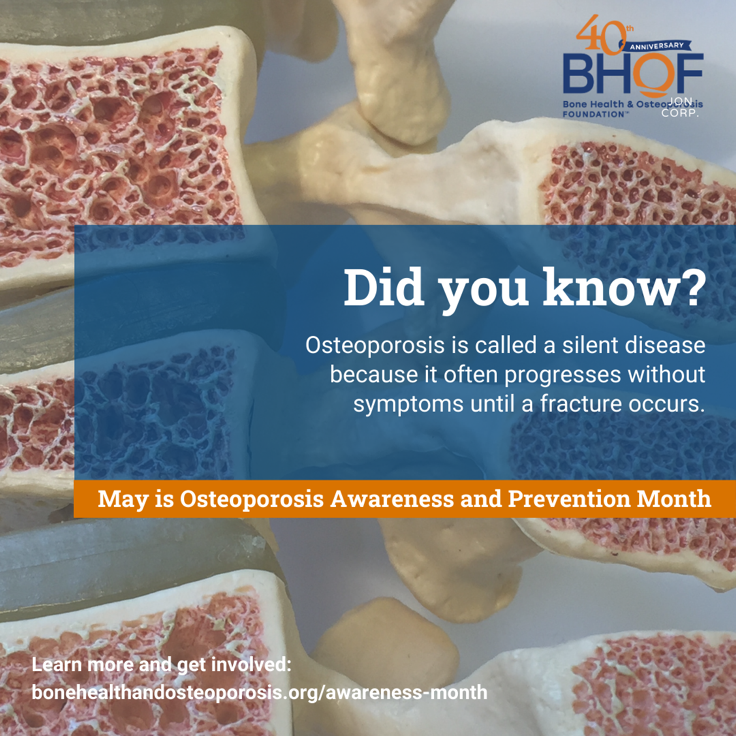
- Mayo Clinic Q and A: Osteoporosis and A Bone-Healthy Diet
- Medicines for Prevention and Treatment
- Menopause Patient Information [Videos] 4. The Different Types of HRT
- Menopause Patient Information [Videos] 5. Lifestyle Advice In Menopause & Perimenopause
- Menopause Preparedness Toolkit Video Series: Common Conditions Associated With Menopause and Midlife
- Menopause and Bone Loss
- Menopause: Things You Can Do
- Menopause: Understanding the Changes and Finding Relief | Dr Susan Davis | The Proof Podcast EP 256
- NIH Osteoporosis and Related Bone Diseases National Resource Center [National Institutes of Health, United States]
- National Institute of Arthritis and Musculoskeletal and Skin Diseases [United States]: Bone Health
- National Institute of Arthritis and Musculoskeletal and Skin Diseases [United States]: Osteoporosis
- Navigating Menopause: Expert Insights and Solutions | Dr Susan Davis | The Proof Podcast EP 245
- Nutrition In Menopause
- Nutrition: Food and Your Bones – Osteoporosis Nutrition Guidelines
- Office of Dietary Supplements: Calcium
- Office of Dietary Supplements: Vitamin D
- Osteoarthritis, Osteoporosis and Osteopenia: What’s the Difference?
- Osteopedia [Glossary of Terms]
- Osteopenia
- Osteoporosis
- Osteoporosis
- Osteoporosis
- Osteoporosis
- Osteoporosis
- Osteoporosis Treatment
- Osteoporosis Treatment: Medications Can Help
- Osteoporosis and Osteopenia
- Osteoporosis – Multiply Languages
- Osteoporosis.Risk.Check.
- Osteoporosis.foundation [International Osteoporosis Foundation]
- Overall Health: Emotional Aspects of Osteoporosis
- Overall Health: Managing Your Pain
- Pathtogoodbonehealth.org [Your Path To Good Bone Health, Bone Health & Osteoporosis Foundation, United States]
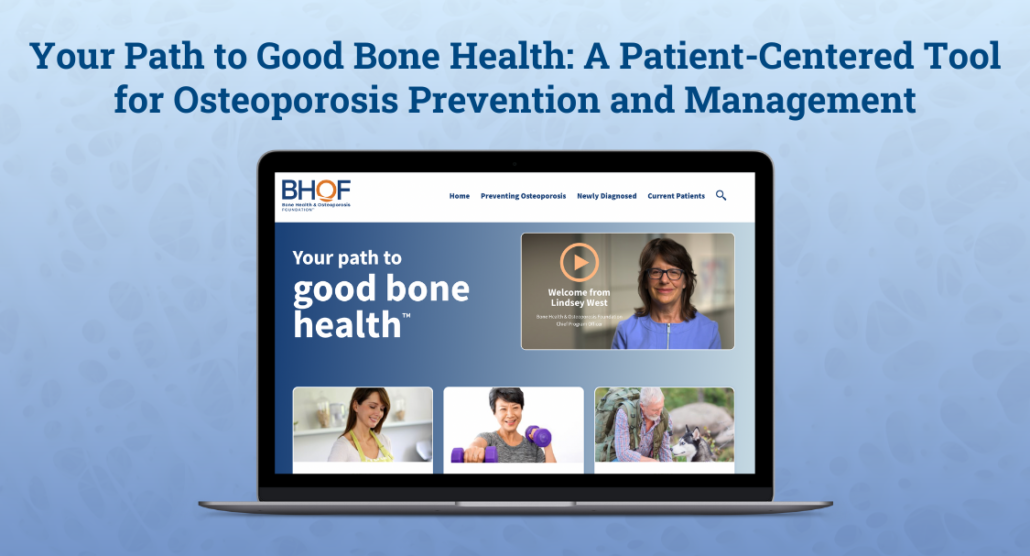
- Preventing Osteoporosis: Questions for the Doctor
- Prevention
- Prunes Preserve Cortical Density and Estimated Strength of the Tibia In A 12-Month Randomized Controlled Trial In Postmenopausal Women: The Prune Study
- Q&A: Nutrition
- Sarcopenia
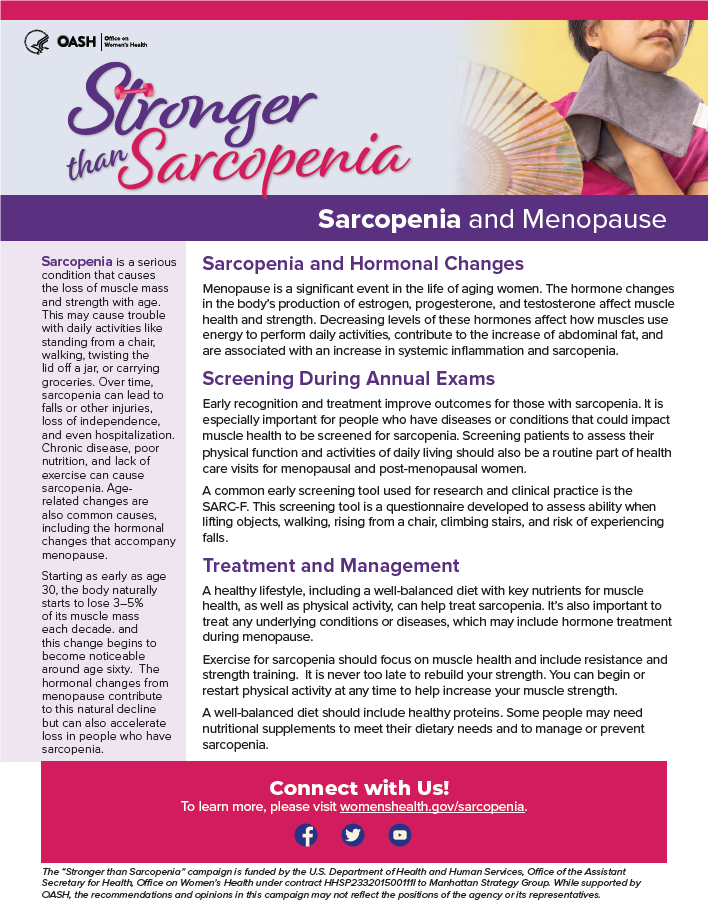
- Screening for Osteoporosis
- Staying Healthy During and After Menopause
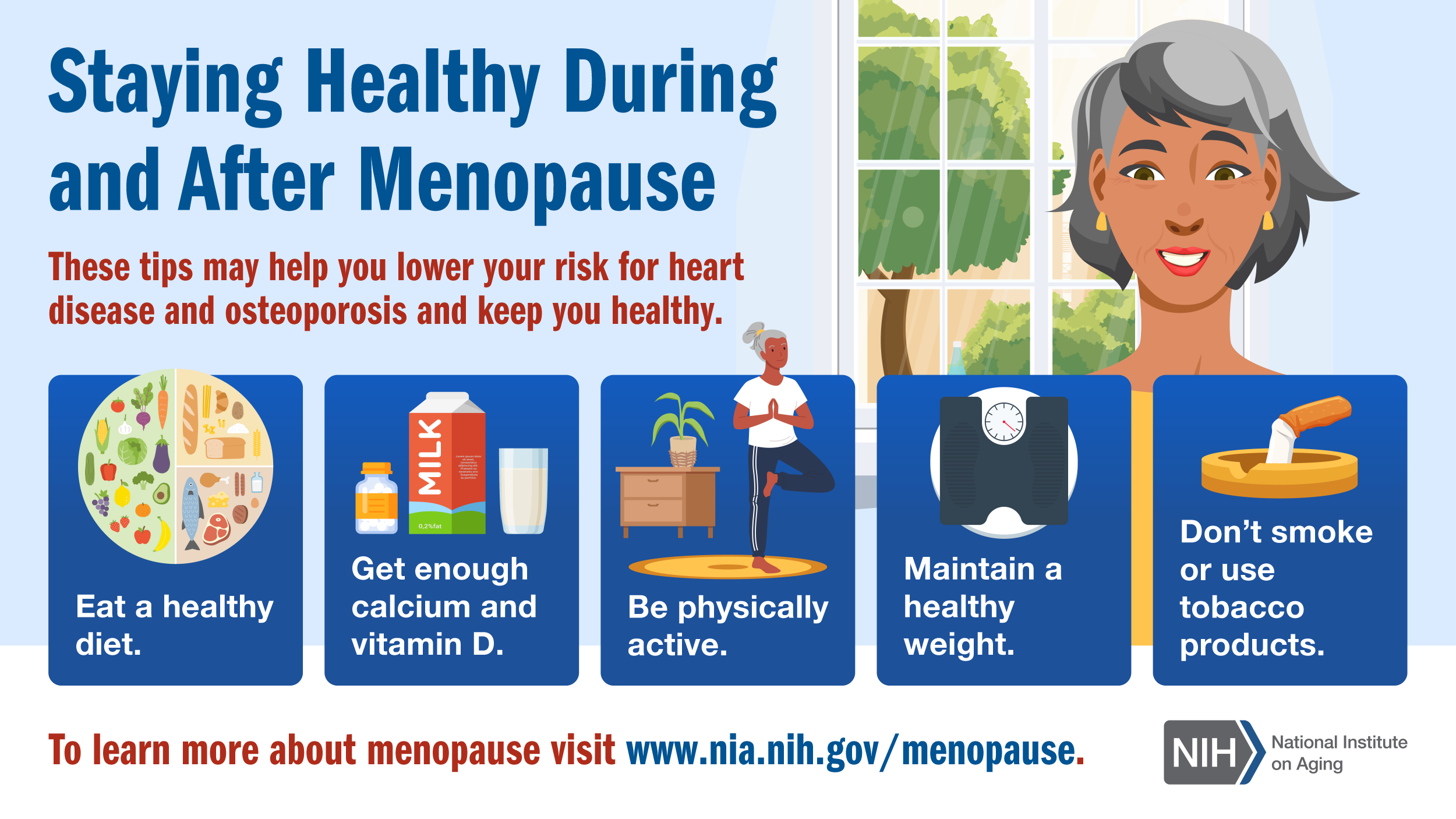
- “Stronger Than Sarcopenia” Live Event: Understanding High Blood Pressure and Sarcopenia Among Older Americans
- The Truth About Menopause Supplements | Dr Sarah Berry
- Theros.org.uk [Royal Osteoporosis Society, United Kingdom]
- Treatment
- Treatment for Osteoporosis
- Updates on Exercise and Lifestyle Tips for Bone Strength With Joanne Fagerstrom, PT CFP
- Video Series-2023: Premature and Early Menopause
- Video Series-2024: Preparing for Your Menopause Health Care Visit
- Videos & Podcasts: Videos – Interviews: Preventing Bone Loss At Menopause
- Vitamin D
- Webinars: Previous – Approach To Bone Health In the Perimenopause and Postmenopause?
- What Is A Bone Density Test (DXA Scan) [+ Video: Testing & Diagnosis)
- What Is Osteoporosis and What Causes It? [+ Video: What is Osteoporosis?]
- What Is Osteoporosis?
- What Women Need To Know
- What’s the Connection Between Estrogen and Osteoporosis?
- Worldosteoporosisday.org [World Osteoporosis Day, October 20]
Sources
Where may I find the Sources quoted?
You may find the Sources quoted at:
Sources
- What Women Need To Know: Now the Good News. Bone Health & Osteoporosis Foundation https://www.nof.org/prevention/general-facts/what-women-need-to-know/ Accessed: 30 April 2024
- Varacallo, M., Seaman, T. J., Jagmohan S., Jandu, J. S., Pizzutillo, P. Osteopenia. Last Update: 04 August 2023 https://www.ncbi.nlm.nih.gov/books/NBK499878/ Accessed: 30 April 2024
- What Is Osteoporosis? About Osteoporosis. International Osteoporosis Foundation https://www.osteoporosis.foundation/patients/about-osteoporosis Accessed: 30 April 2024
- What Women Need To Know. Bone Health & Osteoporosis Foundation https://www.nof.org/preventing-fractures/general-facts/what-women-need-to-know/ Accessed: 30 April 2024
- What Women Need To Know: Menopause: A Time for Action. Bone Health & Osteoporosis Foundation https://www.nof.org/preventing-fractures/general-facts/what-women-need-to-know/ Accessed: 30 April 2024
- What Is Osteoporosis and What Causes It? Osteoporosis Is Common. Bone Health & Osteoporosis Foundation https://www.bonehealthandosteoporosis.org/patients/what-is-osteoporosis/ Accessed: 30 April 2024
- Osteoporosis and Bone Health. Royal Osteoporosis Society https://theros.org.uk/ Accessed: 30 April 2024
- What Women Need To Know. Bone Health & Osteoporosis Foundation https://www.nof.org/prevention/general-facts/what-women-need-to-know/ Accessed: 30 April 2024
- What Is Osteoporosis? About Osteoporosis. International Osteoporosis Foundation https://www.osteoporosis.foundation/patients/about-osteoporosis Accessed: 30 April 2024
- What Is Osteoporosis and What Causes It? Osteoporosis Can Sneak Up on You. Bone Health & Osteoporosis Foundation https://www.nof.org/patients/what-is-osteoporosis/ Accessed: 30 April 2024
- About Osteoporosis: Have Risk Factors? Talk To Your Doctor, Ask for Testing. International Osteoporosis Foundation http://worldosteoporosisday.org/about-osteoporosis Accessed: 30 April 2024
- Diagnosis. International Osteoporosis Foundation https://www.osteoporosis.foundation/patients/diagnosis Accessed: 30 April 2024
- About Osteoporosis: Have Risk Factors? Talk To Your Doctor, Ask for Testing. International Osteoporosis Foundation http://worldosteoporosisday.org/about-osteoporosis Accessed: 30 April 2024


